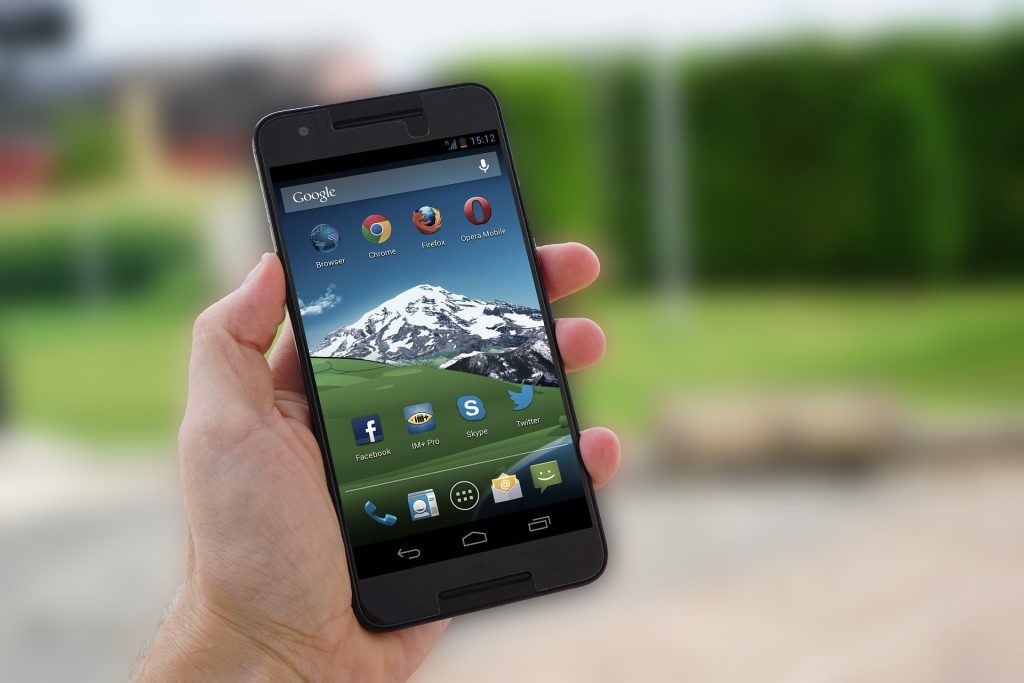The first problem I encountered as I gave up Google for a week was that I couldn’t get my email. As the possibility of needing to live without Android and Google services emerged as the US government banned American firms from dealing with Huawei, I asked myself whether I could live without the world’s biggest mobile operating system (OS). The short answer: nope. It’s virtually impossible to live without Google in this smartphone era.
If Huawei is permanently banned from using US technology, it potentially spells the end of using numerous Google services for hundreds of millions of Android users who’ve bought devices from the Chinese company. But Android is just the tip of the mobile iceberg for all of the Google services it enables. Google not only provides the operating system but many of the essential services most of us smartphone owners use.
How would you survive without YouTube, without Gmail, without that quick autocomplete of search terms that we’ve come to know so well? Not using the Chrome browser (made by Google), no storing documents and spreadsheets on Google Docs or on Google Drive, no Google Maps, no music or video from the Play Music or Play Video apps. Basically, it’s like living in the dial-up internet of the early 2000s.
Because I use an iPhone I can at least use some non-Google alternatives. Bizarrely, search is the one area where there is some competition, either from Microsoft’s Bing or the privacy focussed DuckDuckGo.
 At first glance, you’d think you could replace Google Maps with Waze, but it’s owned by Google too. Apple Maps works but lacks the network effect of millions of users sharing their data, so you don’t know which roads are congested when using Apple’s service, for example.
At first glance, you’d think you could replace Google Maps with Waze, but it’s owned by Google too. Apple Maps works but lacks the network effect of millions of users sharing their data, so you don’t know which roads are congested when using Apple’s service, for example.
YouTube is probably the biggest sacrifice most people will have to contend with. Ditching it means no free versions of SABC shows you’ve missed, no music videos, and – horror of horrors – no funny cat videos.
If you use Android, as 95% of all smartphone owners in the world do, it’s even harder to live without Google. A Gmail login means you get your email, your search history, you back up and sync your contacts and calendar.
But, for Chinese smartphone users, that is the everyday reality already because Google’s primary services (including its revenue-generating search engine and the Google Play Store that sells apps, games and content) simply doesn’t work behind the Great Firewall, as the filtering software is known. It is possible, then, to live without Android’s add-ons, but it is a vastly depreciated experience.
Instead of the Play Store, which has gotten better at vetting the security of its apps, you would have to use other apps or download them directly – which means little guarantee that you aren’t downloading dangerous malware that will steal your personal information or hammer your airtime.
The situation is potentially more hazardous for the US companies who are required to get a licence to deal with Huawei after the US commerce Department added Huawei to an “entities list”.
Last year Huawei — which overtook Apple to become the second-largest seller of smartphones globally and in South Africa — sold 200-million handsets. That is 200-million less Android users, if the ban (which has been suspended for 90 days) is made permanent. It’s not a small number, given that Twitter has 330-million monthly active users. But you won’t be able to use Twitter, which is a US firm, nor WhatsApp, nor Facebook, Instagram, SnapChat nor Pinterest. Similarly, if the ban persists, no Microsoft Word or Excel, no Skype, and no Uber.
The repercussions for the smartphone industry are potentially more damaging for the US tech firms that make apps and provide services than Huawei itself. Hopefully sanity will prevail.
This column originally appeared in the Sunday Times on 2 June 2019.




